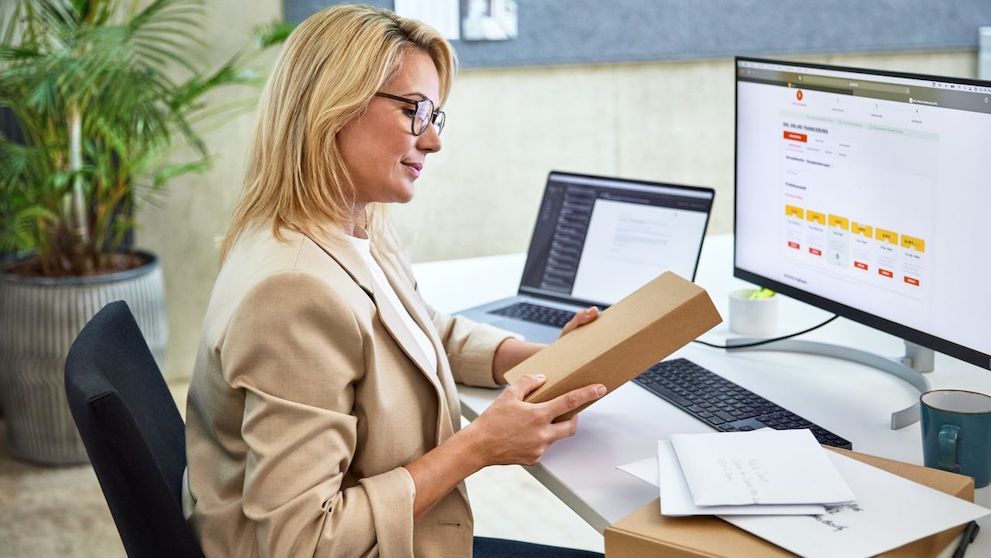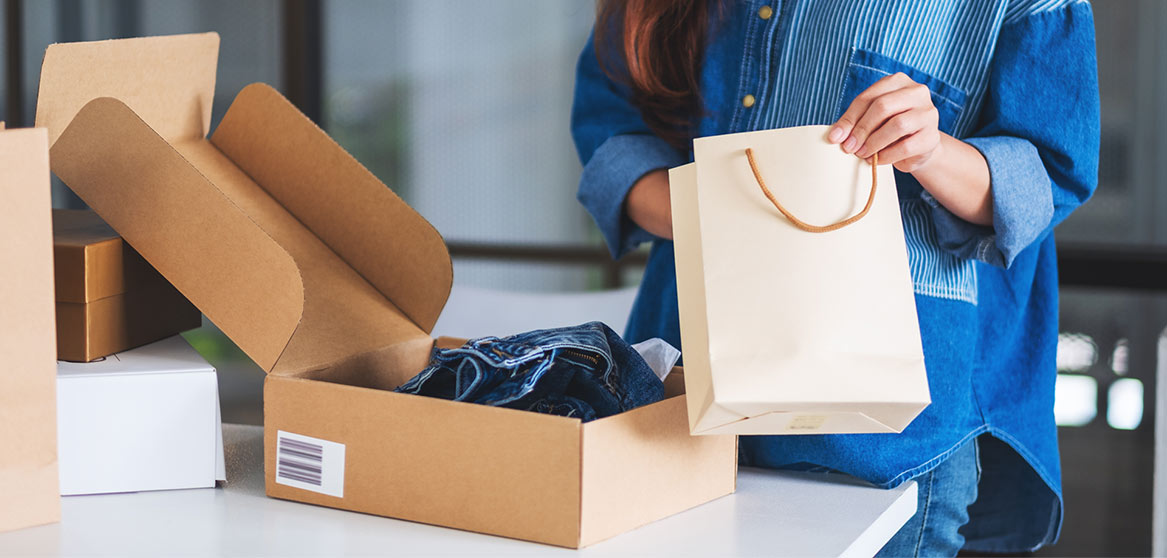B2B e-commerce is growing, and with it the need to deliver buyers a truly personalized experience. Read on for our top tips to getting it right – from pricing to delivery.
So, you’ve had the memo that the future of B2B sales lies online, and have begun investing in your e-commerce website accordingly. You’ve integrated all the key functional features for user experience – fast loading speed, powerful search bar, clear navigation, easy checkout and so on. But what about the magic ingredient that will boost customer engagement and keep them browsing your site for longer: personalization?
Personalization is the holy grail of any e-commerce business – whether B2B or B2C. In fact, 80% of shoppers are more likely to buy from a company that offers personalized experiences1. However, just 22% of B2B customers say their most recent online experience was completely personalized to them2. B2B sales have traditionally been built on buyer/seller relationships nurtured over weeks, months or even years – replicating this personal touch online has its challenges.
We’ve collated some tips to help you personalize your e-commerce website to allow every visitor to complete the purchasing journey according to their own preferences and goals – boosting conversions and ensuring they return to your business in the future. Read on…
Personalization: where
The first step is to determine where personalization should occur along the user journey with your business. Think about the last time you had a really positive experience online. Chances are it was with a B2C business, but there are plenty of learnings you can take from it. What made it so positive? What made you feel like the brand really understood you and valued you as a customer rather then just a number? Now think about the customer touchpoints on your e-commerce website. Where can you deliver similar personalized experiences? It’s also worth jumping online and looking at some of your competitors’ websites to see what they’re doing well (and not so well).
A key thing to note here is the big difference between B2C and B2B personalization. So much of B2C personalization is about driving the customer to impulse buy. Yet, this rarely happens in B2B; because of the nature of the sector, customers’ buying is more rigid, so personalization is more about increasing efficiencies at every touchpoint, from search to catalogs to pricing mechanisms. In turn, these efficiencies influence the customer to buy.
Personalization: who
The next step is determining who you’ll be delivering these personalized experiences to, and that’s where things can get a little complicated. B2C personalization is one thing, but in the B2B sector where “the customer” can actually be a hybrid of departments and decision makers, the task becomes more complex. Thus, it’s here that artificial intelligence (AI) and machine learning will play an integral role in helping you build customer profiles. Amongst other things, AI can:
- Help you identify where a customer to your website came from, whether clicking through on an advert or via a search engine. Once you identify their intent, you can direct them to what they’re looking for quicker, improving the customer experience and increasing conversions.
- Allow you to determine past browsing and purchase history. By recognizing these patterns of behavior you can make product recommendations that resonate.
- Build more accurate customer segments, so they are given the right information at the right time – the key to successful selling.
You may already use data solutions that can help you build customer profiles, such as CRM and A/B testing, but what other software is out there to help B2B e-commerce businesses? You’ll need to go online and do some research based on your business’s specific needs.
Personalization: how
Below we explore a snapshot of touchpoints at which you can personalize the B2B customer journey.
Search
The search bar is an incredibly important feature of any e-commerce website. Understanding a customer’s needs is what B2B e-commerce personalization is built upon and the search bar is the first indicator.
Integrating smart search technology with semantic understanding capabilities will allow your search function to overcome nuances in customers’ search terms and get them to the right page as quickly as possible. Over time, machine learning will help you deliver more accurate results for each visitor, including recommendations based on their previous preferences – meaning a more personalized experience for each user.
Product catalog
In a face-to-face B2B meeting, a knowledgeable salesperson can guide the buyer through a complex catalog to match them with the products that will meet their needs precisely. But online, other methods will need to be implemented to deliver such a service.
Ensure your product pages contain detailed information and specifications. You can integrate pop-ups that suggest guides and tutorials based on the product being viewed by the customer. Even better, implementing a live chat feature means a sales rep from your company can answer customers’ queries instantly and suggest products.
Pricing
Research shows that nearly half of B2B customers expect pricing options specific to them3. Price negotiation is a big part of the in-person B2B sales meeting, so how can it be replicated online?
Due to the complexity of B2B pricing – from wholesale market changes to B2B buyers restricted by strict approval rules that limit the amount of a total transaction – you’ll need to integrate a multi-tiered pricing mechanism able to adapt to each individual customer.
You can automate your pricing system to segment prices based on customer type – to offer repeat customers better discounts, for example. Automated pricing can also adjust prices in real-time based on inventory and order quantity, amongst other things.
Delivery
When it comes to delivery, B2B buyers expect flexibility and convenience. To increase your competitiveness and provide a personalized service, ensure you provide multiple transport and delivery options – and don’t forget to send customers regular notifications of their shipment’s status.
The human touch
Despite the benefits of automating many of your online processes, it’s still important to talk to your customers directly, too. 69% of buyers want a business to tailor their sales pitch to meet their specific needs4, and you’ll only be able to do that if you really understand what they want, so keep the lines of communication open.
You can monitor visitors to your website and follow up leads directly. This can be particularly valuable in an instant where a customer has abandoned their cart before purchasing. A friendly follow-up phone call from a knowledgeable sales rep may be able to alleviate their uncertainties and prompt them to complete the purchase. And for the customer, it’s a personal touch that makes them feel valued and understood.
1 & 2 - Bloomreach, accessed November 2021
3 - B2B Marketing, July 2019
4 - Harvard Business Review, July 2020












